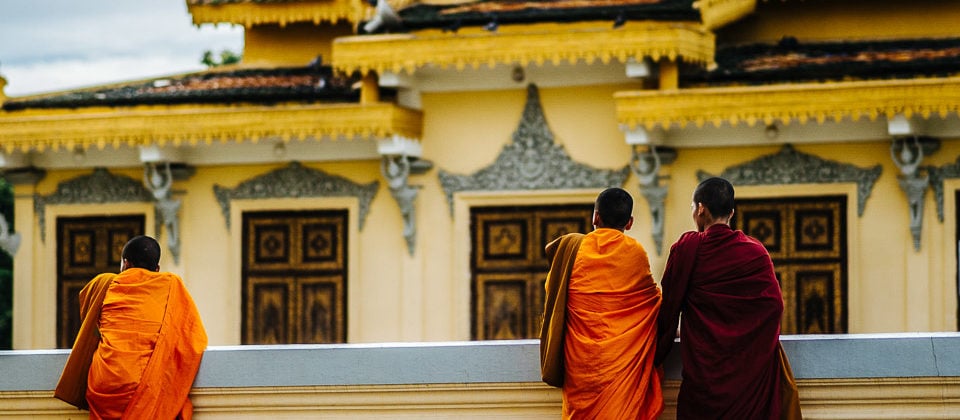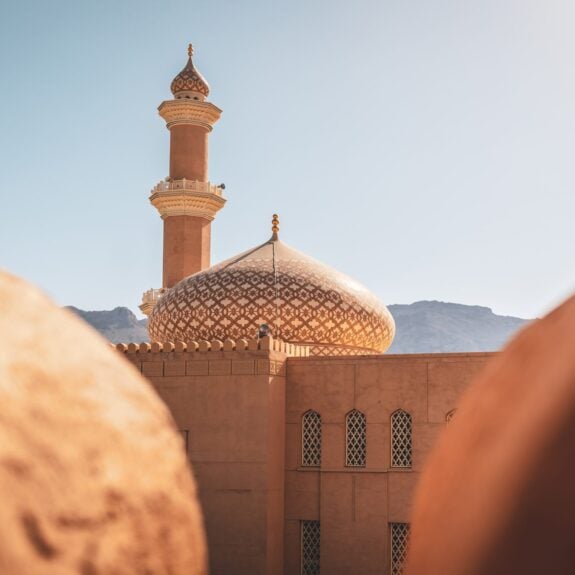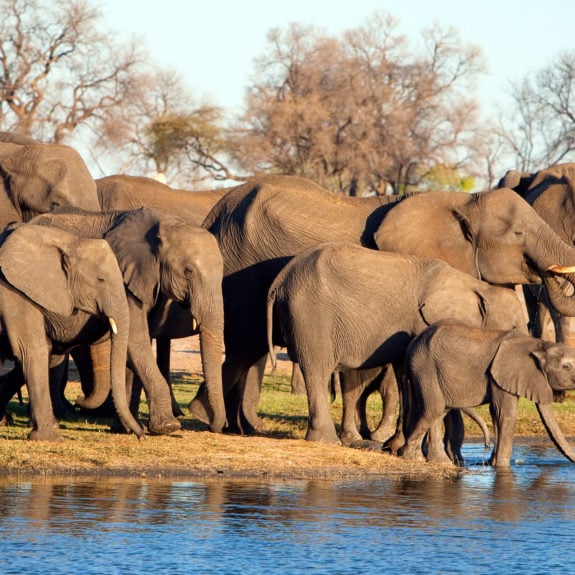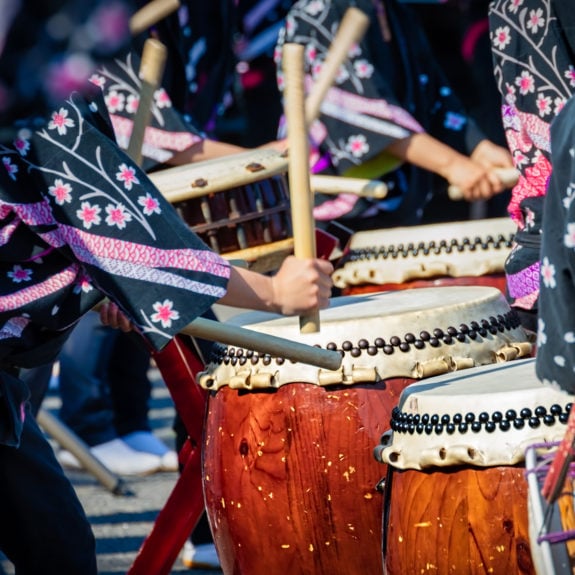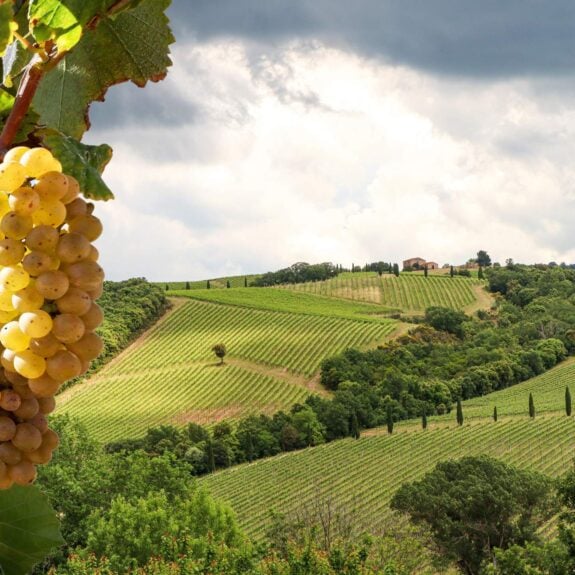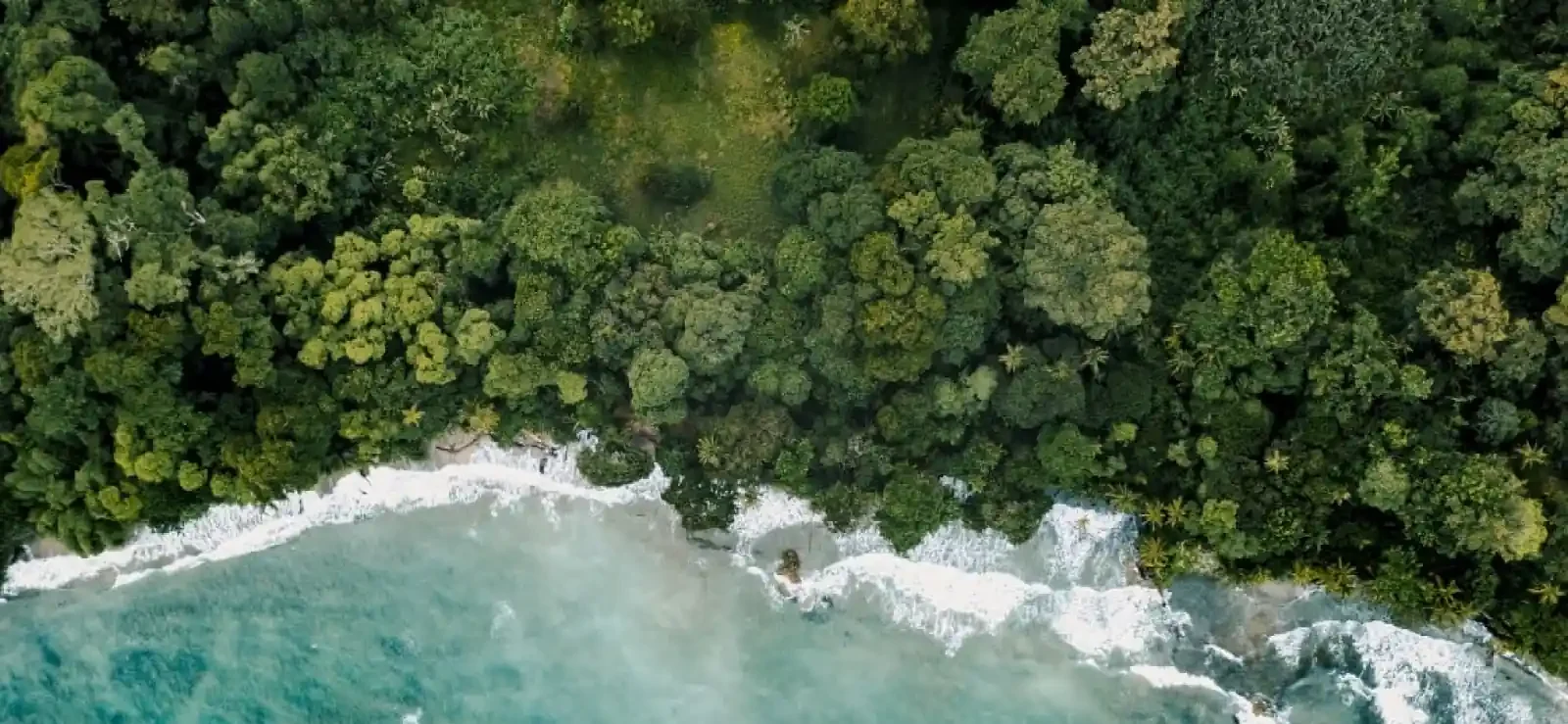Published on: May 27th, 2014
Last updated: January 21st, 2022
Travel portrait photographer Chris Sorensen talks to us about his most memorable encounters in Southeast Asia, the challenges he’s faced to get the right shot, and how to take better travel photos.
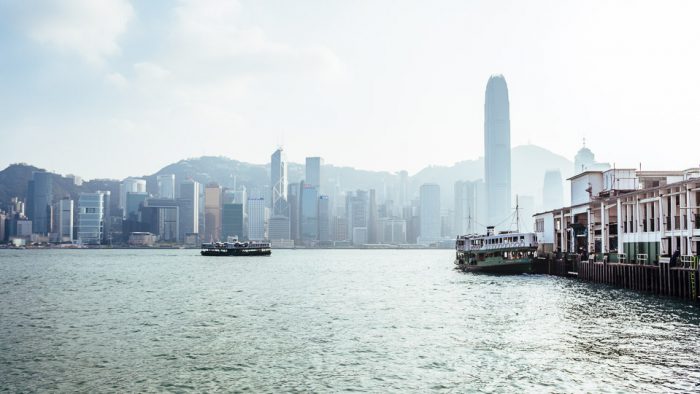
How did you make the break into travel photography?
In 2012 I moved to Hong Kong. Prior to that, my primary focus had been portraiture and editorial photography. But one of the great things about Hong Kong is how convenient and inexpensive travelling through Southeast Asia can be. So, I would shoot on personal trips and quickly built up a travel portfolio.
How would you describe the work you do?
I shoot mainly editorial portraiture and travel work. I also do a fair amount of work for NGOs which is incredibly rewarding, personally and professionally.
Photography equipment can be heavy – when you travel, what equipment is essential?
For my editorial work, I use a full frame Canon kit, but for my travel and NGO work, I use the Fujifilm system. The cameras and lenses are smaller and lighter with equivalent image quality. The smaller cameras are less obtrusive and intimidating to the subjects when on assignment, so it’s easier to capture real moments.
I typically travel with two cameras (since you always want to have a backup) and four to five lenses. A small travel tripod, spare batteries and cards, ND filter, and two battery chargers pretty much complete the kit. Since I shoot my travel and NGO work with natural light, other than one small flash, I don’t bring lighting gear. I can carry my daily pack in a small shoulder bag.
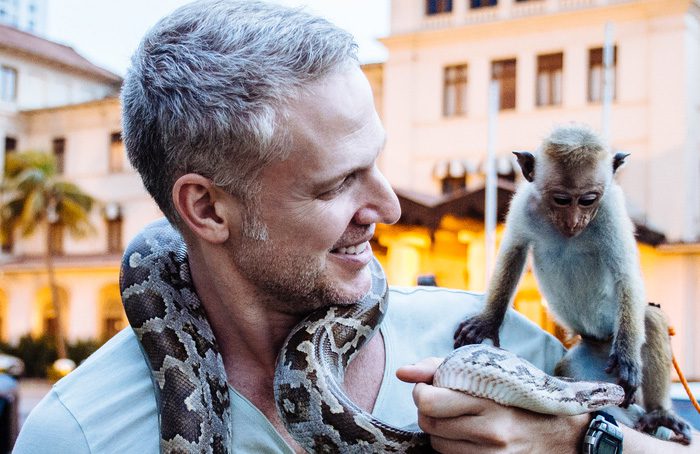
What drew you to focus on portrait photography?
I was working in front of the camera as an actor and model and was lucky to work with some fantastic photographers. It inspired me to buy a camera and start shooting my model and actor friends and a hobby quickly became a passion and then a profession. I’m a social, outgoing person who loves interacting with others and I love portraiture, not only for the images but for getting to know the person I’m shooting. And hopefully I’m able to capture some of the person’s personality in their portrait.
What value do portraits have in travel photography?
My favorite part of travel is getting to meet people from different cultures. While some place or landmark may be famous or beautiful, I think the people are what make a place interesting. So being able to capture people in their environment and show what life is like in these places is a big part of what I enjoy about travel photography.
Of course travel photography encompasses a lot of different types of photography, but even in a landscape or a food shot, I think adding the human element can make a picture stronger. In a landscape, showing a person can help show the scale of the landmark you’re shooting and help people imagine themselves there.
What tips do you have for approaching people to take a photo?
The best tip is to not be afraid to ask people to take their picture. Many people are intimidated by asking someone and don’t, or they try to sneak a picture. It can be scary, but also very rewarding. In general, I think being open and honest about what you want to do is the best practice. Approach the person you want to shoot and either ask or gesture to see if you can take their picture. Holding up a camera with a smile and raised eyebrow translates into pretty much any language.
If they say no, thank them, smile and move on. You can’t be afraid of rejection. People are busy, people don’t like having their pictures taken, people don’t know you. All are fair reasons and at least you won’t be kicking yourself for not trying later. But if they say yes, you have a willing subject for hopefully a great image and memory from your trip. And if you’re lucky, and they speak a little of your language, you may get to know them and their country a little better.
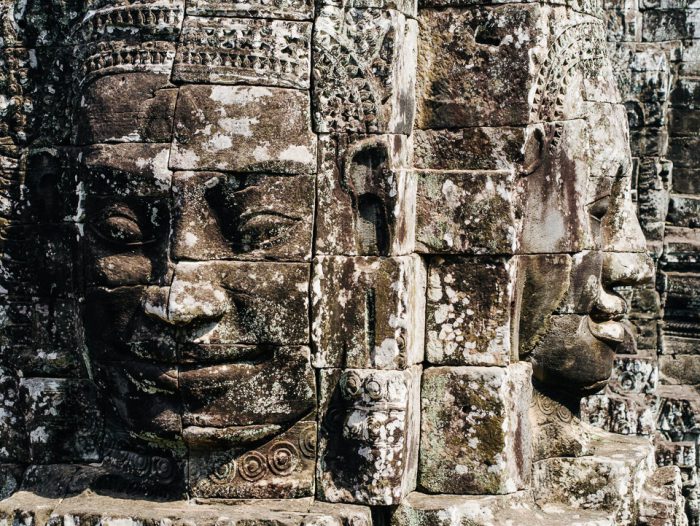
Where have you most enjoyed travelling in Southeast Asia? And where has been most rewarding for your photography?
I’ve loved shooting and travelling in Cambodia. I’ve been there both on personal and work trips, having spent a lot of time shooting for various NGOs there. It’s a fantastic country, with Angkor Wat and the other temple complexes outside Siem Reap being as beautiful and impressive as any wonder of the world. But more importantly, the people are wonderful. Despite an awful history of war, genocide and poverty, the Khmers are some of the most amazing and positive people you’ll meet.
Did you have any especially memorable encounters in Southeast Asia?
On my first trip to Phnom Penh in Cambodia, shooting for the NGO Empowering Youth in Cambodia, I did a series of portraits of the students in their homes with their families. When we went to one of the homes – a 10 by 10 foot shanty with scrap wood walls and a corrugated tin roof alongside abandoned railroad tracks – the student’s mother was there with her newborn baby. The baby had been born just three days earlier in the shanty.
I took portraits of the family and the mother and baby. When I shoot for NGOs, I take a little Canon printer with me, so that I can make prints for the children and families. So the next day I was able to give the mother portraits of her family and newborn child. They had no other pictures of themselves. Being able to give them prints was one of the moments when I felt lucky to have found photography as a career.
What are the biggest challenges you’ve faced to get the photo you want?
Shooting travel, and for NGOs, you’re often in situations that can be physically demanding, when you’re carrying camera equipment for 12 hours in 100 degree temps and 90% humidity through the slums of Phnom Penh, or trekking up steep terrain with 30 pounds of camera gear to a mountain village in Nepal.
It can also be difficult emotionally, shooting for NGOs, or personally in areas of Cambodia, India, or elsewhere, and seeing the incredible poverty that people live in. You’re there helping and doing your best, yet it’s frustrating that you can’t help everyone or make a big difference. However, it’s amazing to see people who have nothing and very little prospects for the future, who are still incredibly kind, happy and positive. It really helps set priorities as to what is truly important in life.
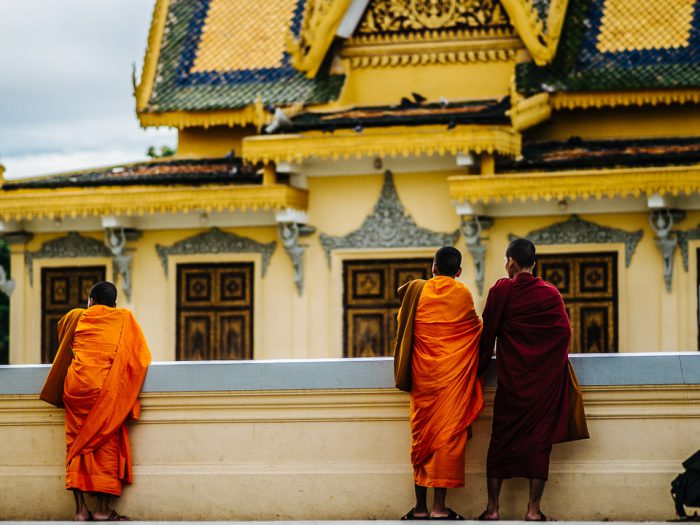
Do you agree with the adage ‘a picture is worth a thousand words’?
Having been an English major in college and going to NYU for their screenwriting program, I hate to say a picture trumps the written word, but the beauty of photography is that it preserves a moment in time forever. It’s like a time machine that you can continue to go back to, to remember and cherish a trip or moment. While a well-written paragraph can elicit some great emotions and memories, a photo can be a more immediate and visceral reminder of a trip.
Do you have any tips for amateur photographers wanting to take better travel photos?
Shoot a lot and only show the best. With digital cameras, there’s no cost for taking tons of pictures. You can practice, try different things and be creative, and get immediate feedback on the screen of the camera. So shoot and keep shooting. If it sucks, delete it. Everyone takes bad pictures, but good photographers don’t show the bad ones.
If you shoot a lot, you’ll see what does and doesn’t work, and get better as you go. Eliminate the bad or mediocre before you post the gallery on Facebook or share it with the family and everyone will think you only take good pix.
What characteristics must a travel photographer possess?
I think an innate curiosity about the world around them is the most important trait. You have to want to see the world and show it to others. You also have to have a sense of adventure and be willing to go out of your comfort zone, because you’re often in places where things don’t work as smoothly as in the western world.
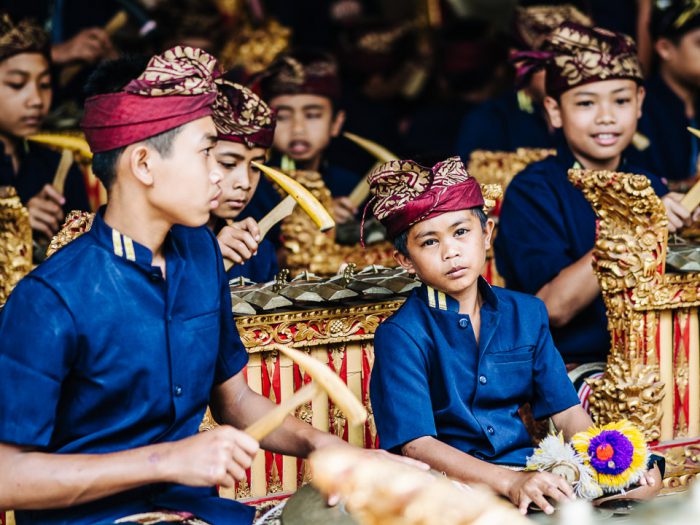
Where would you like to go next in Southeast Asia and why?
I would love to go to Luang Prabang in Laos. Having lived in Hong Kong and been to many places in Southeast Asia, every person I’ve met who’s been there has nothing but great things to say about the city and country. It’s a charming and beautiful city that hasn’t been overrun by tourists or changed by the industry. I regret not making it before I left Hong Kong, but hope to rectify that soon.
Find out more about Chris Sorensen and see some of his travel portraits on www.chris-sorensen.com.
